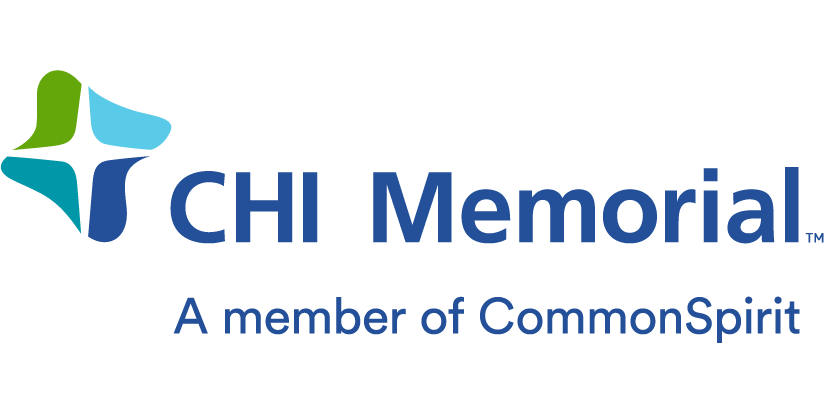Types of Stroke
Transient ischemic attack (TIA)
Transient ischemic attack (TIA) is more than a mini-stroke – it’s a warning of a dangerous and potentially deadly stroke that could happen in the near future. TIAs are caused by a clot that blocks blood supply to part of the brain. These stroke-like attacks generally resolve within minutes and don’t cause permanent damage but should be treated as medical emergencies to prevent a more serious or deadly stroke event. The American Stroke Association reports that 9 to 17 percent of people who have a TIA will have a stroke within 90 days.
The symptoms of a transient ischemic attack are like that of a stroke. Symptoms appear suddenly, but typically last for less than 60 minutes. These include weakness and numbness in the face, arm or leg, slurred speech, vertigo or loss of balance, double vision or blindness in one or both eyes, and severe headache with no apparent cause.
Using state-of-the-art technology and advanced imaging tests, CHI Memorial vascular neurologists determine the cause of symptoms related to TIA – and seek the most appropriate treatment. These options may include antiplatelet drugs, anticoagulants, minimally invasive carotid interventions or surgery. Controlling other risk factors like high blood pressure and cholesterol, diabetes, and stopping smoking are key to preventing future strokes.
TIAs are dangerous and should be evaluated by highly trained stroke specialists. Patients who suspect a TIA should go to the emergency room immediately. By identifying a clear path for the best treatment, reducing evaluation time and the time it takes to administer a clot-busting drug, CHI Memorial is drastically improving the treatment of people who seek stroke care at our hospitals.
For more information about fast and effective stroke care, call CHI Memorial Neuroscience Institute at (423) 206-4140.
Ischemic stroke
Ischemic stroke is the most common type of stroke, accounting for 87% of all strokes. Blood carries oxygen to all areas of your body. When an ischemic stroke occurs the normal blood flow to the brain is blocked, usually by a blood clot or plaque fragment. Brain cells die when they no longer receive oxygen and nutrients from the blood. Symptoms usually happen suddenly, or you may notice them as soon as you wake up. With prompt diagnosis and treatment, the long lasting effects of many major strokes can be reversed or minimized
There are two types of ischemic stroke:
Embolic stroke occurs when a blood clot or fragment of plaque forms away from your brain, then travels through your bloodstream and lodges into narrower brain blood vessels leading to a stroke. Common places for blood clots to form are in your heart or large blood vessels.
Thrombotic stroke is a blood clot that forms inside an artery that supplies blood to the brain. A clot may be caused by fatty deposits (plaque) that build up in arteries and cause reduced blood flow (atherosclerosis) or other artery conditions.
Hemorrhagic stroke
Hemorrhagic strokes make up about 13% of stroke cases. A hemorrhagic stroke occurs when a blood vessel in the brain leaks or bursts and causes rapidly increasing pressure in the brain. The sudden bleeding causes stroke symptoms like headache, nausea, vomiting, and often rapid loss of consciousness. Damage to the brain occurs due to lack of blood flow from the damaged vessel and compression to areas of the brain where the leaked blood accumulates and presses on normal tissue.
The two types of hemorrhagic strokes are intracerebral (within the brain) hemorrhage and subarachnoid (surface of the brain) hemorrhage.
Intracerebral hemorrhage (ICH) - ICH is bleeding inside the brain, which can put pressure on the brain. ICH most commonly results from hypertensive damage to blood vessel walls (eg. hypertension, drug abuse).
Subarachnoid hemorrhage (SAH) - (SAH) is often caused by a ruptured blood vessel (most commonly due to aneurysm) over the surface of the brain, resulting in a build-up of pressure that damages the brain. The most common clinical symptom reported by SAH patients is “the worst headache of my life.” Nausea and vomiting are also common accompanying symptoms.
For more information about stroke care at CHI Memorial Neuroscience Institute, call (423) 206-4140.
How great is your risk for having a stroke?
